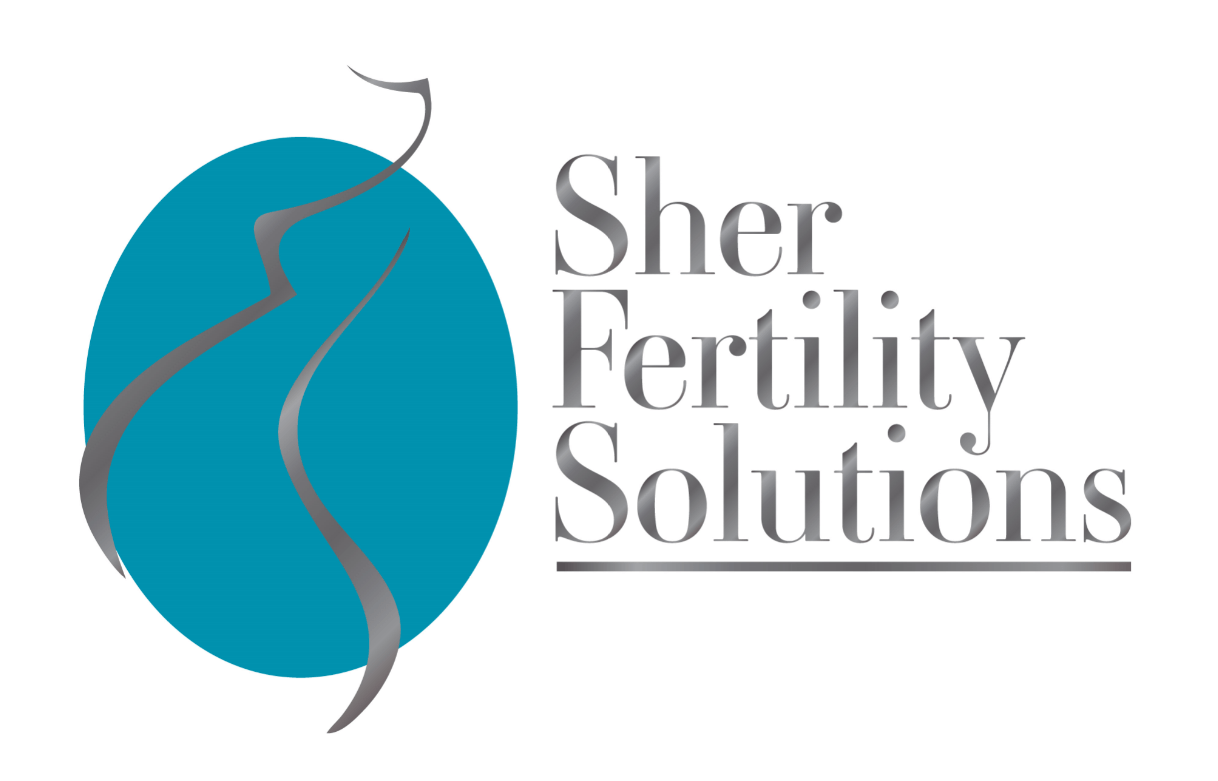The bottom line is that because of the traumatic effect of freezing on egg viability and “competency” the statistical chance of each frozen/ thawed egg ultimately resulting in a baby is only at best 6-8%. So, while success rates following the transfer of embryos derived from frozen eggs have indeed improved substantially over the last 5-10 years, they remain significantly lower than when embryos derived through fertilization of fresh (not frozen) eggs, are transferred. Since the birth of the 1st “frozen egg baby” in the mid 1980’s, fewer than 10,000 births resulting from the fertilization of thawed eggs have been reported, worldwide. Compare this to > 4.5 million IVF babies born worldwide in the same time period, and > 2,000,000 babies resulting from the transfer of frozen embryos. Harvesting eggs for freezing typically involves giving a woman fertility drugs to stimulate her ovaries to produce multiple eggs, and then harvesting those eggs from her ovaries using ultrasound guided needle aspiration. In average cases (where the mean age of the woman is <36y), it takes about one cycle of fertility drug administration to harvest 10 to 15 eggs. Presently, in cases where embryos derived from the eggs of women under 35years are frozen, survive the thaw and are transferred to the uterus, the birth rate per embryo transfer is about 35%. In those cases where the eggs were derived from women between 35y and 40y of age, the birth rate is about 25-30% per embryo transfer (ET) procedure. For women of >40y the comparable birth rate per ET is about 10-15%. While on the face of it, this sounds like a reasonable outcome (especially when it comes to younger women), it should be borne in mind that many eggs do not survive the freeze/thaw and a significant number of those that survive, fail to fertilize. Moreover, of those that do fertilize, a significant percentage fail to progress to progress to the expanded blastocyst stage of development (regarded as being the ideal stage for ET). That is why depending on their age, women who elect to bank their eggs for fertility preservation (FP) are encouraged to undergo as many egg retrieval procedures as needed in to bank 12-20 eggs before having some degree of confidence, of ultimately being rewarded with a live birth. Since the percentage of eggs that are chromosomally normal (euploid) and “competent”) declines with advancing age, the older the woman becomes, the greater will be the number of eggs (and egg retrieval procedures) needed. The ability to accurately identify eggs that are numerically chromosomally normal (“euploid”) and are thus the ones most likely, upon being fertilized and transferred to the uterus, to propagate a live birth is of particularly relevance. Given that in young women, less 50% of eggs are euploid and by the mid-forties, that percentage drops to below <10%, it follows that potential for a successful outcome using frozen eggs largely hinges on their chromosomal integrity (“competency”). In October 2008, my associate, Levent Keskintepe PhD and I became the first to report (Journal, “Reproductive Biomedicine Online”) on a process that allows for a several fold improvement in the baby-rate per (frozen) egg. It relies upon the selective storage and dispensation of chromosomally (karyotypically) normal (euploid-“competent”) eggs. The process we described and reported on, relied upon removing the 1st polar body from mature (MII) eggs for the performance of preimplantation genetic sampling (PGS) using metaphase- Comparative Genomic Hybridization (mCGH), followed by the selective storage of only those found to have all 23 chromosomes (i.e. euploid) intact. This resulted in a baby rate of 27% per frozen egg (a 3-fold improvement), an 85%+ , freeze/thaw survival rate, an 80% successful fertilization rate and > 60% birth rate following the transfer of 1-2 two blastocysts. While highly effective, this complex process is currently not cost-effective and as such, unfortunately did not gain mainstream acceptance.
- Female fertility preservation (FP)This refers to the process whereby a woman’s eggs are frozen (cryopreserved) and banked for future use. It has been estimated that the potential demand for FP using frozen eggs exceeds that for conventional IVF by a factor of 4-6 times.
- The need addresses: • Women who face a looming prospect of losing their ovarian function – either because of impending menopause, pending surgical removal of their ovaries, and/or exposure to radiation therapy and/or chemotherapy, • Women who anticipate delaying or deferring childbearing, because of : o Career demands o Not being ready to commit to a permanent relationship o They feel that by deferring egg banking the ever advancing biological clock might later render them less able or unable to conceive. • Women/couples undergoing in vitro fertilization who are opposed to embryo freezing on moral, ethical or religious grounds.
While the demand for FP is growing rapidly, a word of caution is appropriate here: Women need to be encouraged to bank their eggs at a younger age (<35y) where their chance of the eggs frozen being euploid (“competent”) is greatest and…older women should be cautioned that their ability to propagate viable (usable) eggs diminishes with advancing age. Regardless of age, all should be made aware of the fact that it could take several egg retrievals to generate enough frozen eggs to provide a reasonable chance of subsequently having a baby. Finally, in my opinion, women of >40y (especially those with diminished ovarian reserve-DOR) should be advised against egg banking, primarily because of the inevitability of an age-related decline in egg “competency”. For such women, the banking of PGS-tested, euploid embryos is in my opinion, preferable (even if this would require the use of donor sperm).

